Swiss political parties in election fever

Personal attacks, controversial posters, public debates, meeting and greeting the public – the parties’ campaigns for the October 20 parliamentary elections have kicked off, and each has its own style.
Swiss citizens will be deciding who will sit in the 246-member parliament, so winning over voters is crucial. Each political party has polished its communications strategy, trying to get its voice heard through flyers, events, letters and social media and giveaways.
Low points
But there have already been two controversies. The first was the rightwing Swiss People’s Party’s infamous apple poster, depicting a red apple with a Swiss flag being eaten by worms (meant to represent the other parties).
+ Can of worms? More on the People’s Party poster
The second concerned the centre-right Christian Democratic Party’s internet campaign of targeting individual parliamentary candidates, with the aim of discrediting their political arguments and pointing readers to their own candidates. This caused an outcry, because this type of action is rare in Switzerland, as political parties traditionally tend to attack decisions and ideas, rather than people.
While the People’s Party stands by its campaign poster, the Christian Democrats have already stopped their online campaign.
Here’s a look at the campaign posters, mascots and giveaways that the major parties are using to attract voters.
Campaign spending 2019: CHF1.6 million
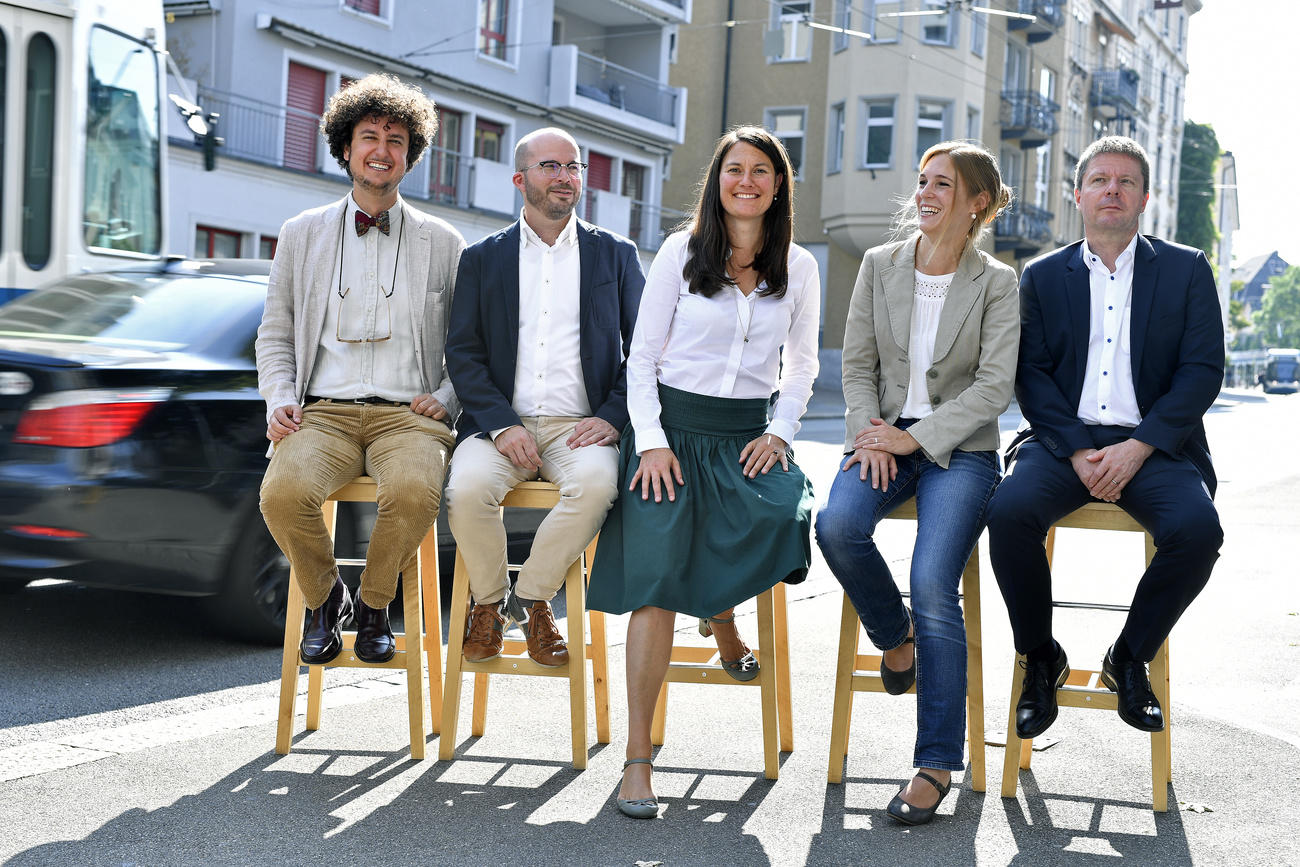
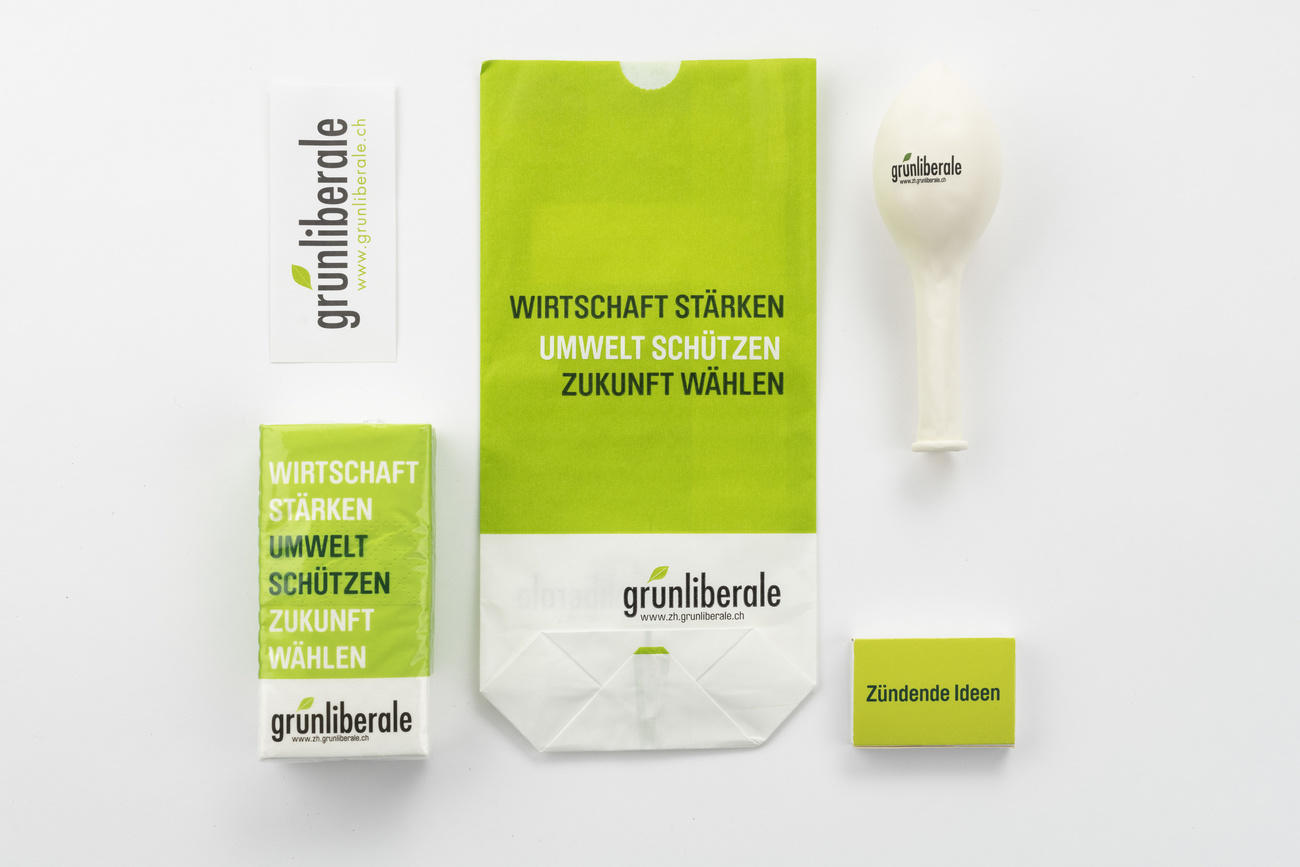
Campaign spending 2019: not published
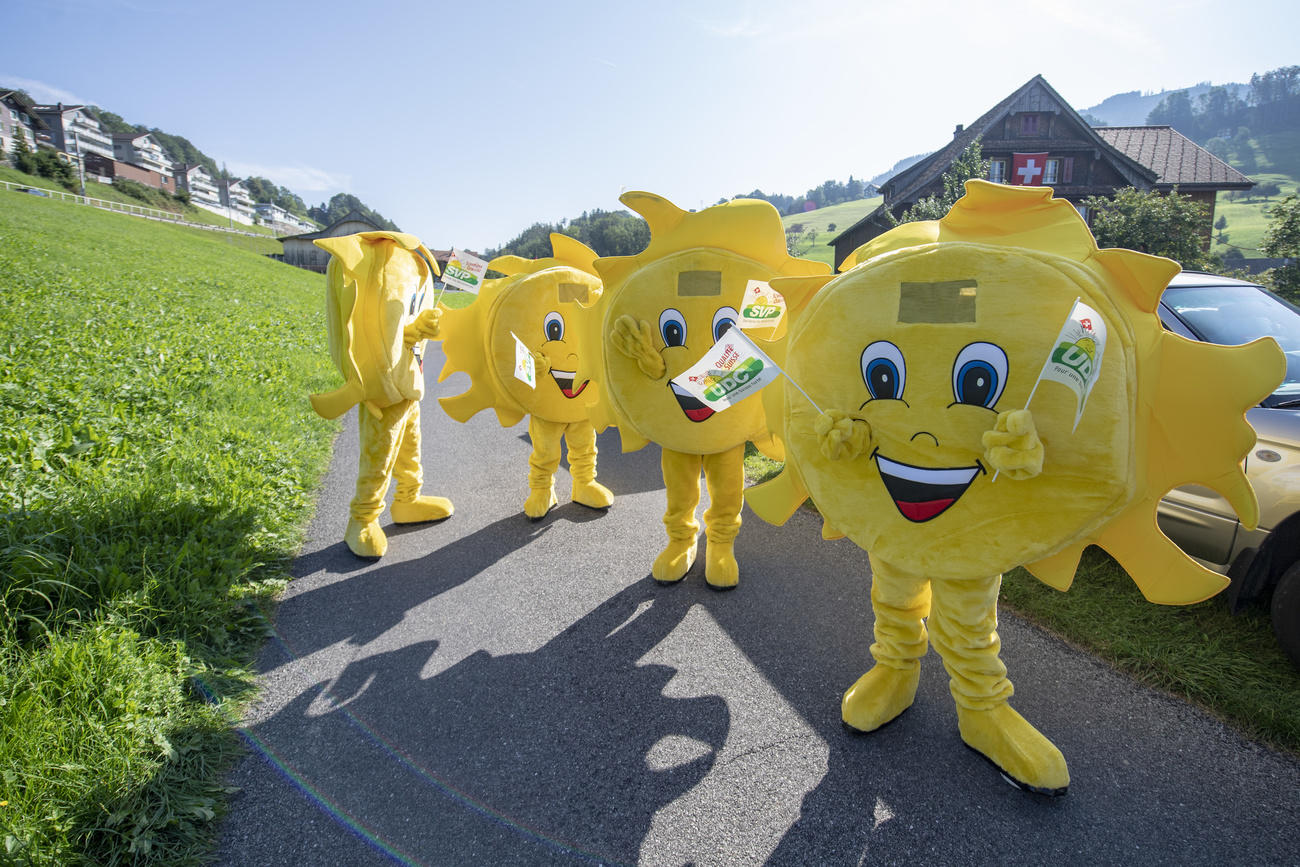
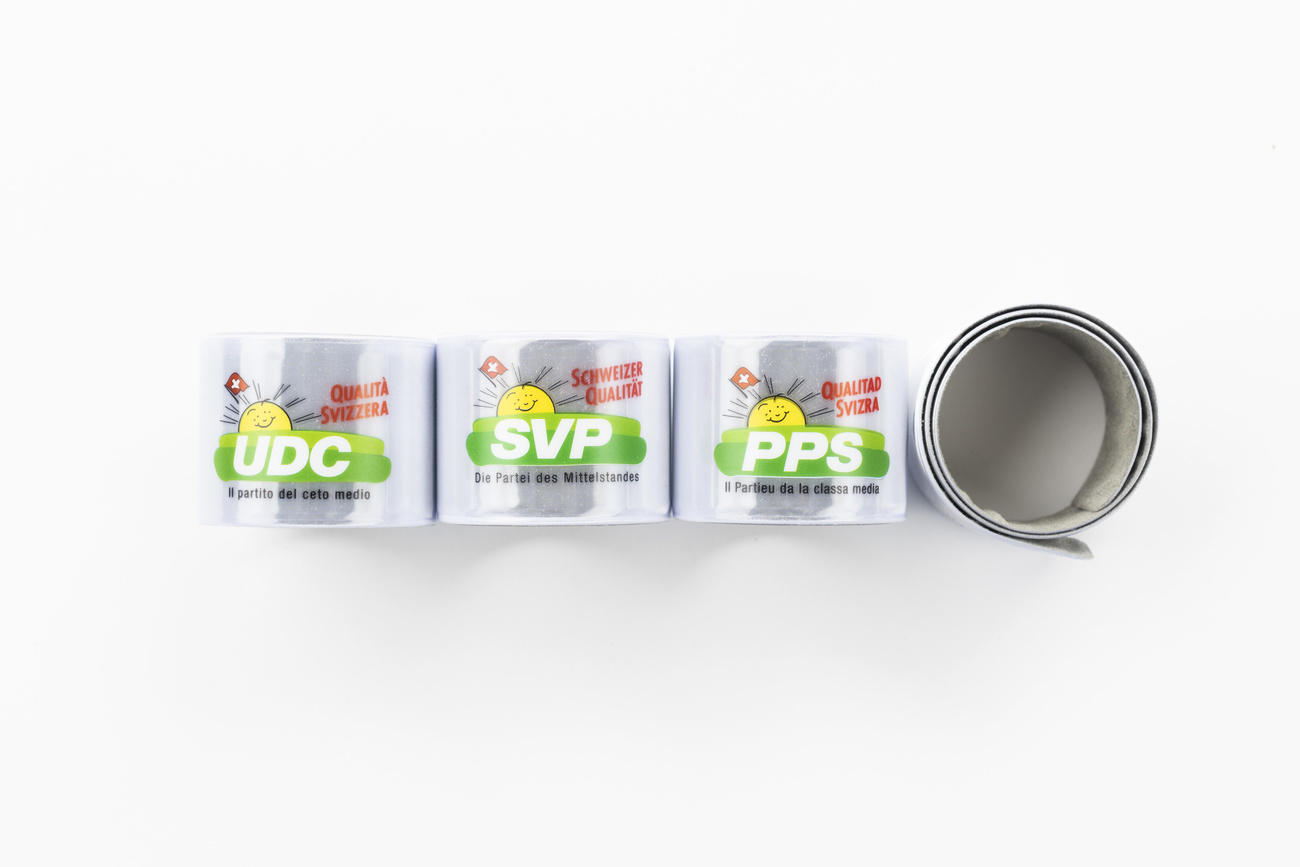
Campaign spending 2019: CHF1 million
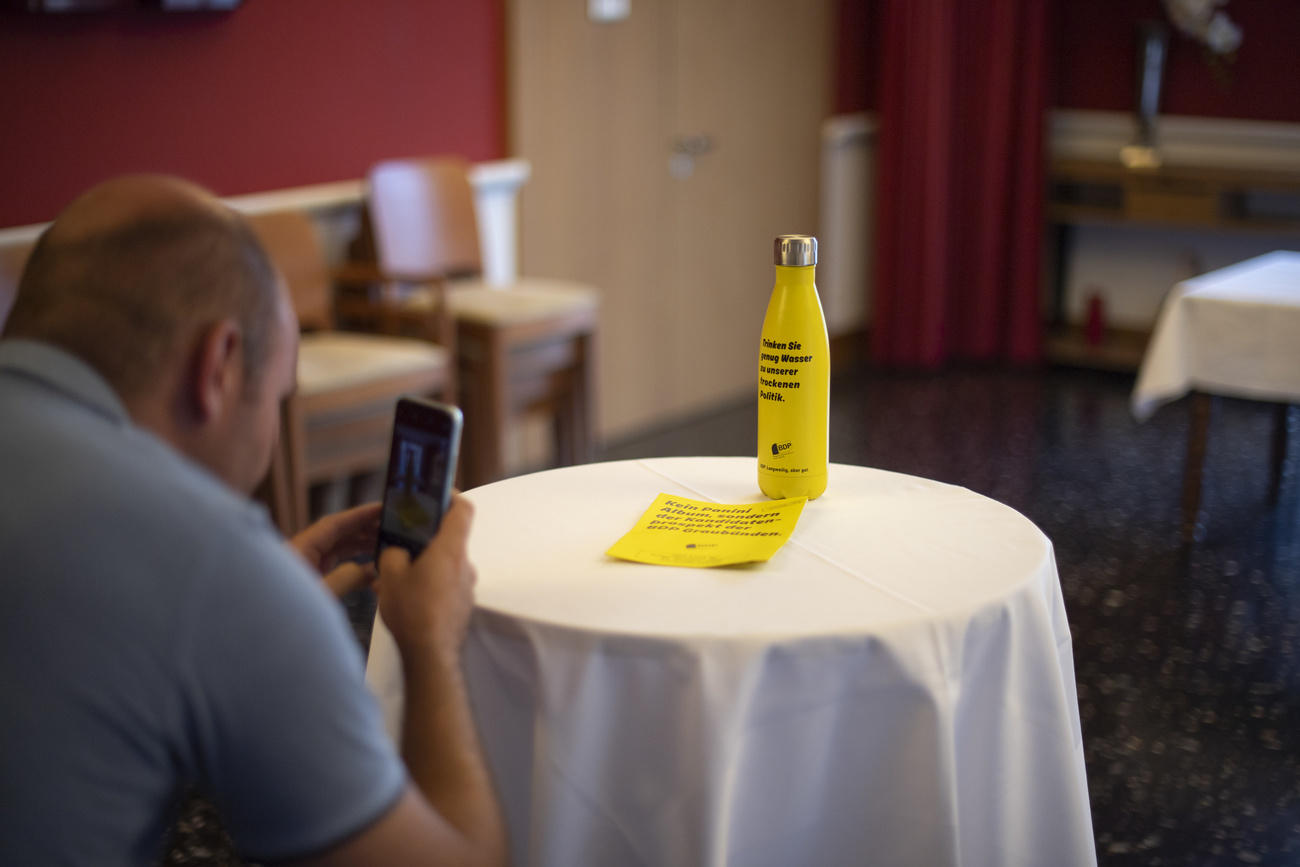
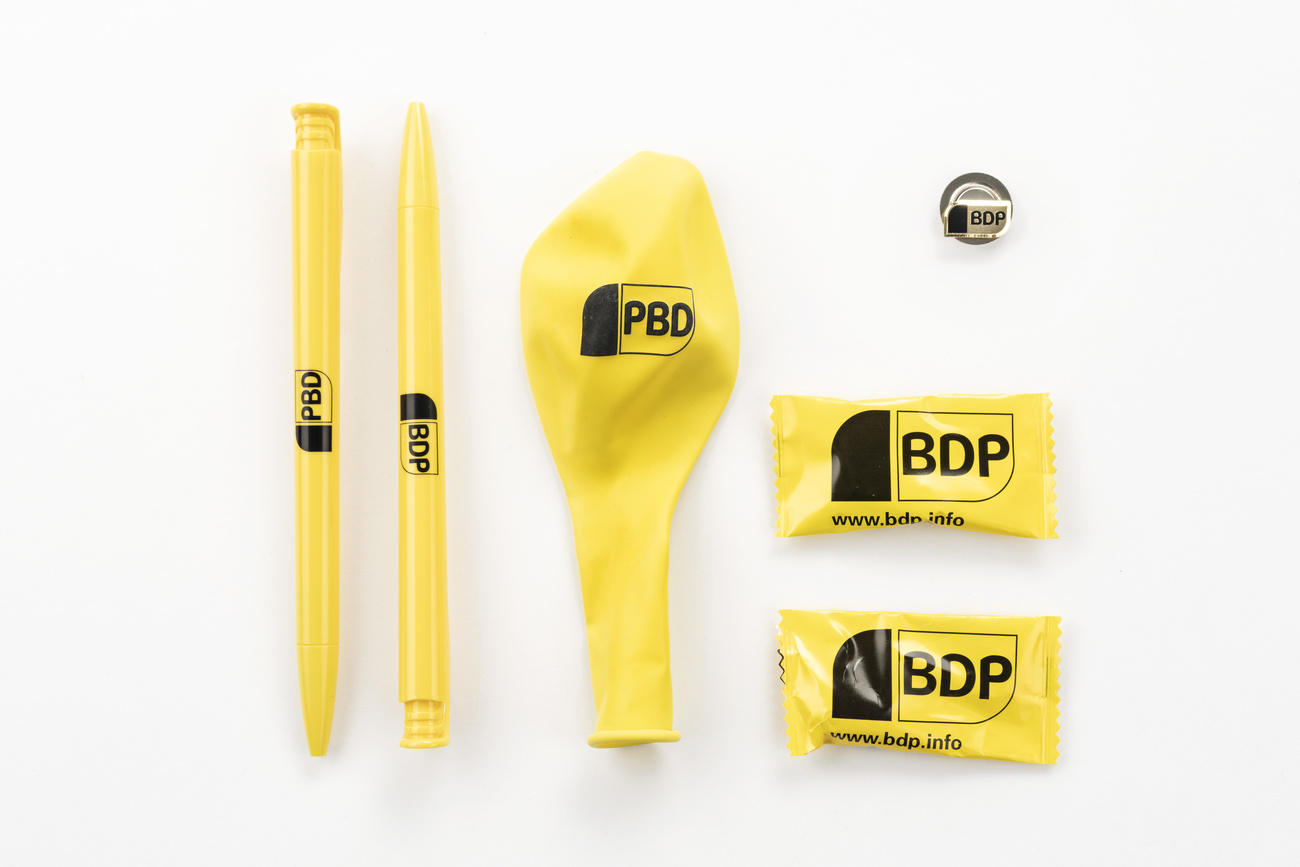
Campaign spending 2019: CHF6.4 million

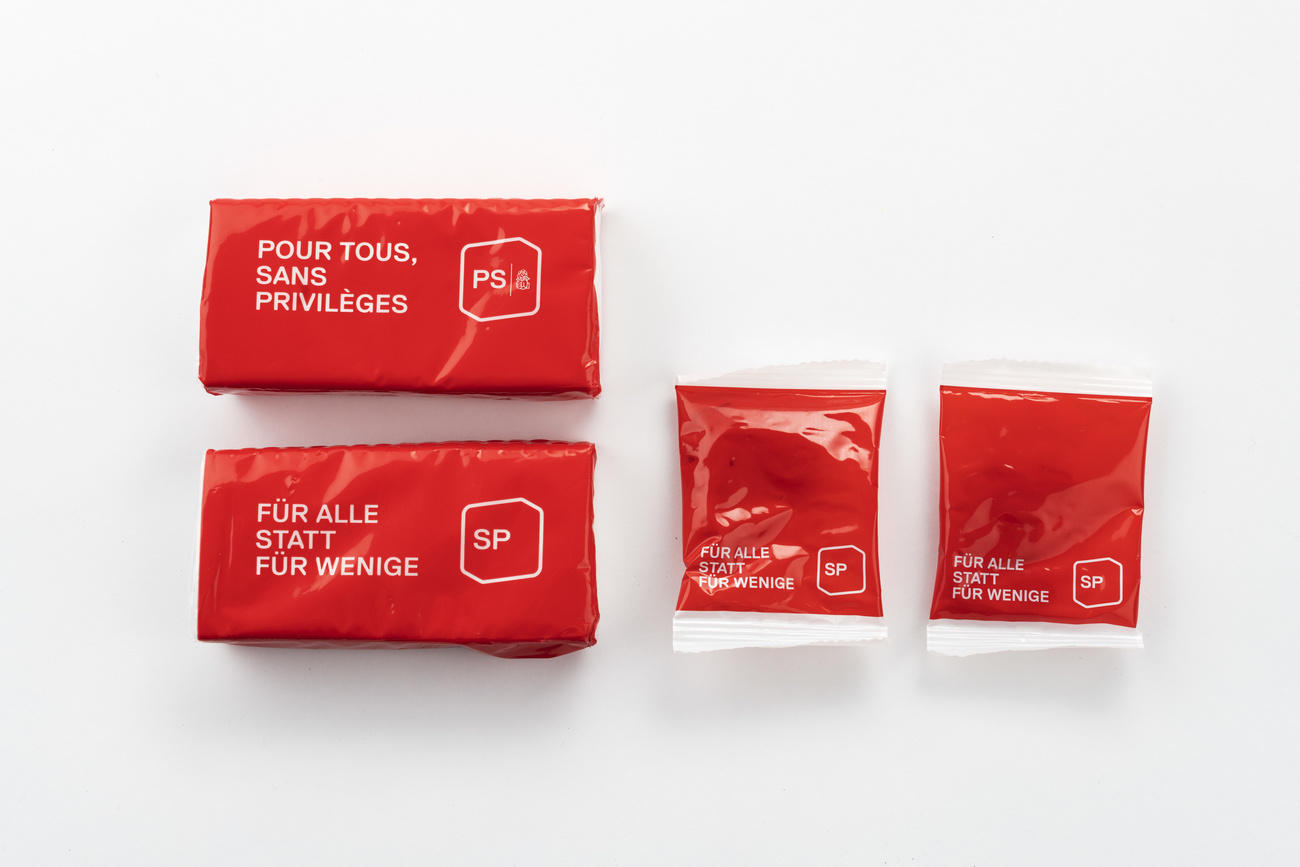
Campaign spending 2019: CHF4.3 million

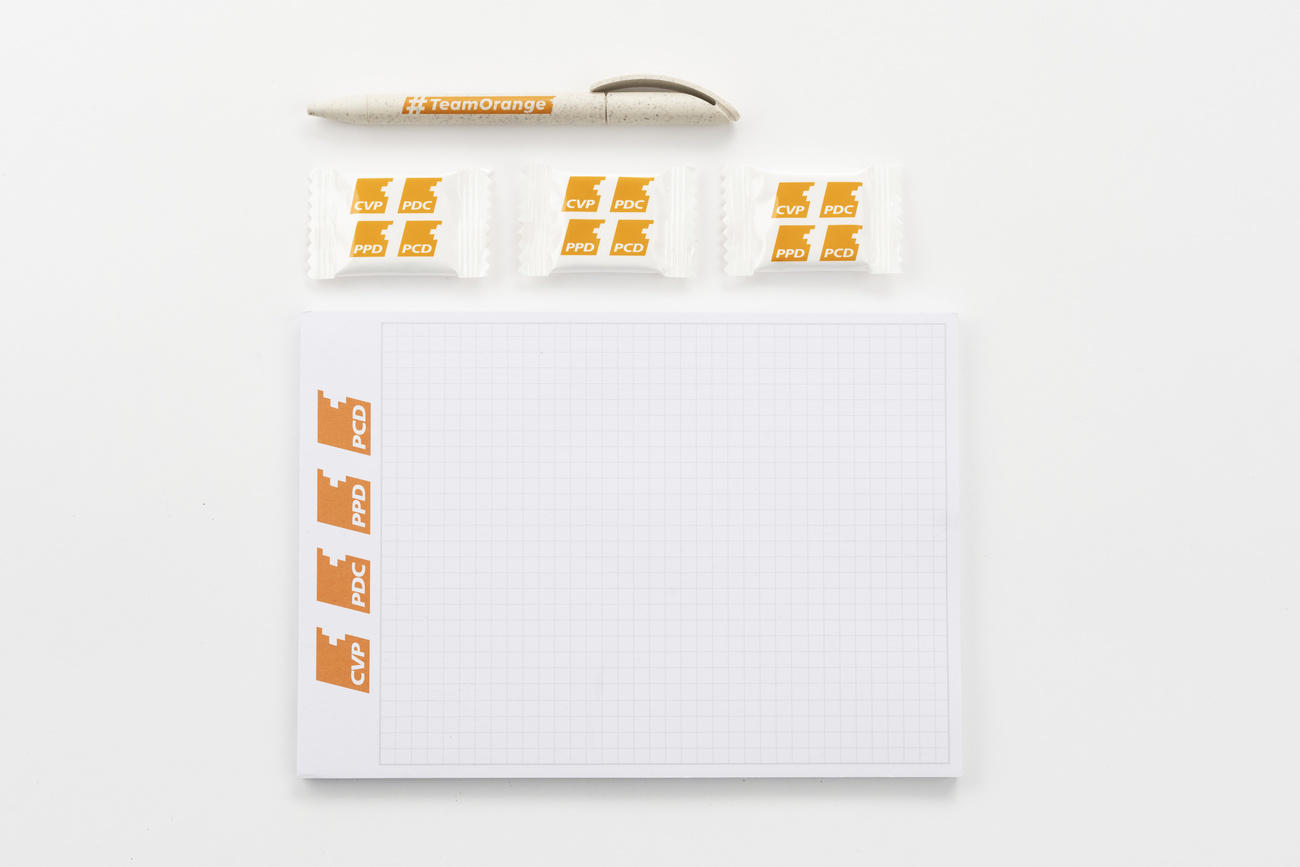
Campaign spending 2019: CHF7.5 million

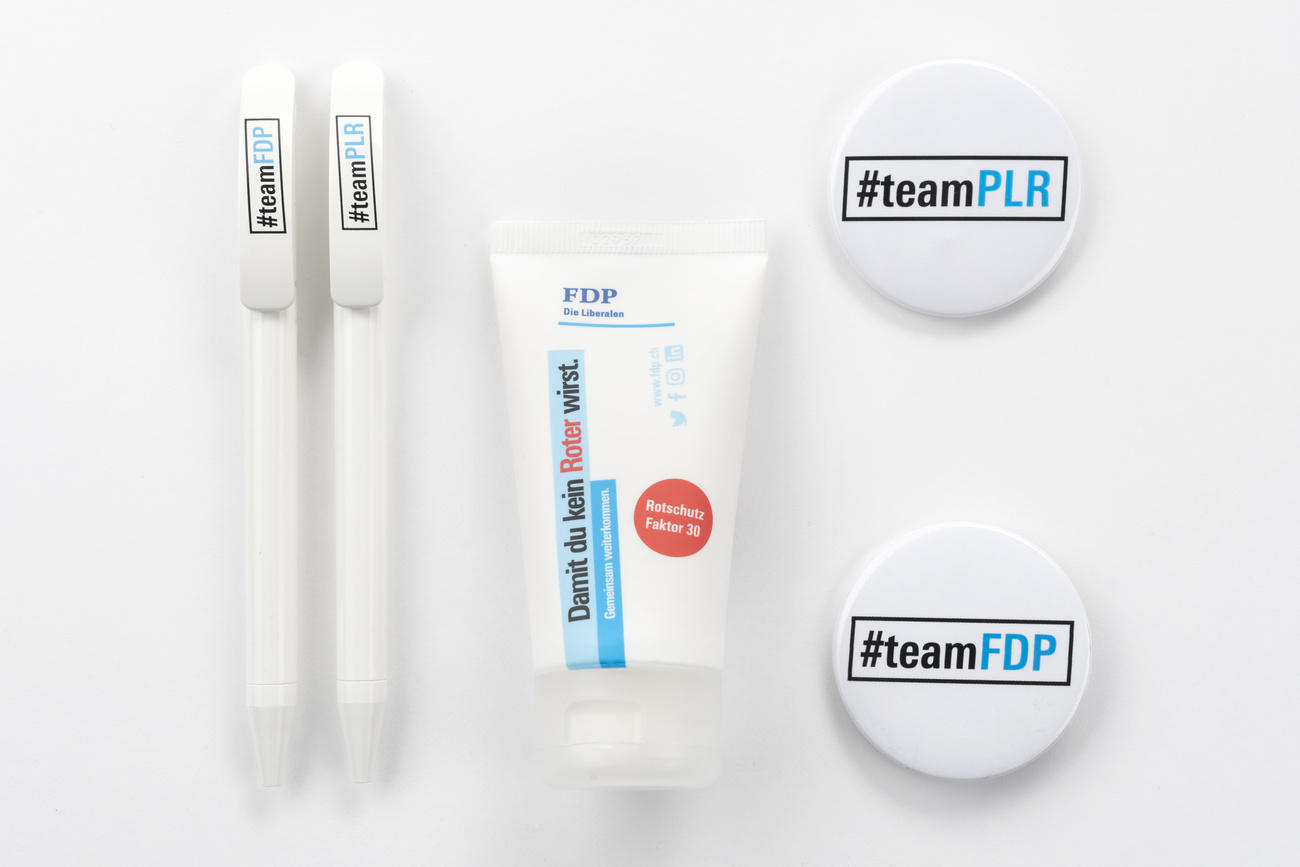
Campaign spending 2019: CHF1.9 million

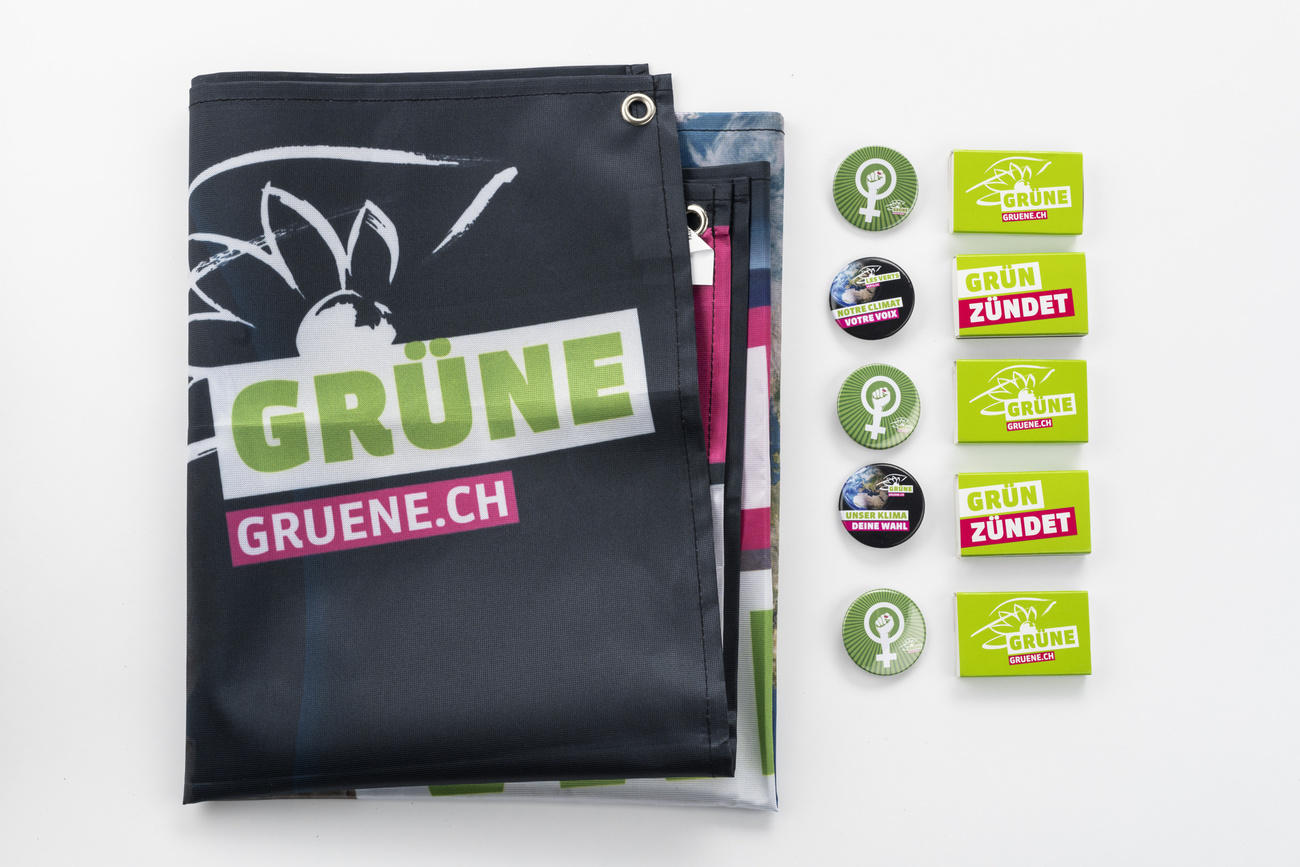
Lack of transparency
The main topics being discussed ahead of next month’s election are climate change, women in politics and (lack of) transparency in party campaign funding. Switzerland is the only country among the 47 members of the Council of Europe which does not have a law governing political party financing, for which it is regularly criticised by the Group of States against Corruption, GRECO.
Supporters of more transparency in Swiss politics have already handed in a people’s initiative, meaning that parties would have to publish the origin of all donations over CHF10,000 ($10,100). Voters will have the final say on the issue.
Funding however remains a taboo in this electoral campaign. Most of the parties have published their campaign budgets, but do not say from whom they have received the funds. According to Swiss public television RTSExternal link, more than CHF25 million has been spent in the present campaign, which is a 20% rise on spending over the last federal elections of 2015.
Unlike the other parties, the People’s Party has so far refused to publish its figures. It also won’t say how much its candidates have spent personally.
Dark ads
There is an important change for social media, a channel that is becoming increasingly important. Digital giant Facebook now requires all parties to store all their active ads in a central, publicly accessible archive.
This is meant to stop dark ads – adverts that are only visible to those who are targeted by them (and so invisible to others).

In compliance with the JTI standards
More: SWI swissinfo.ch certified by the Journalism Trust Initiative
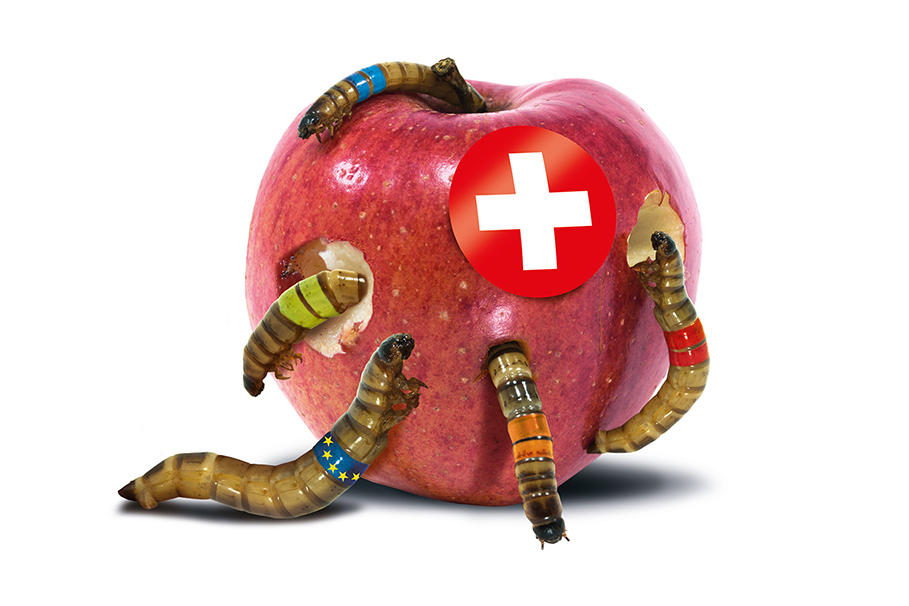
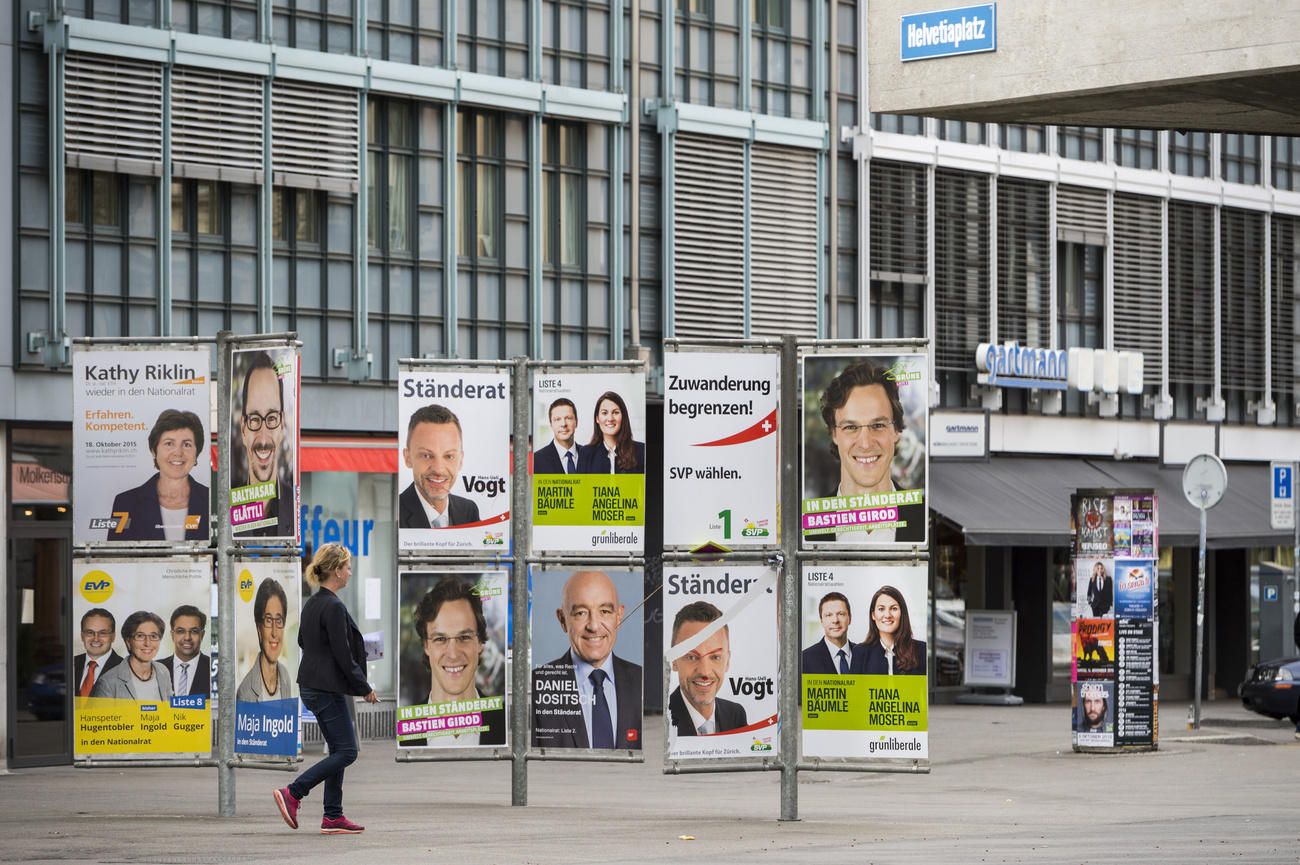
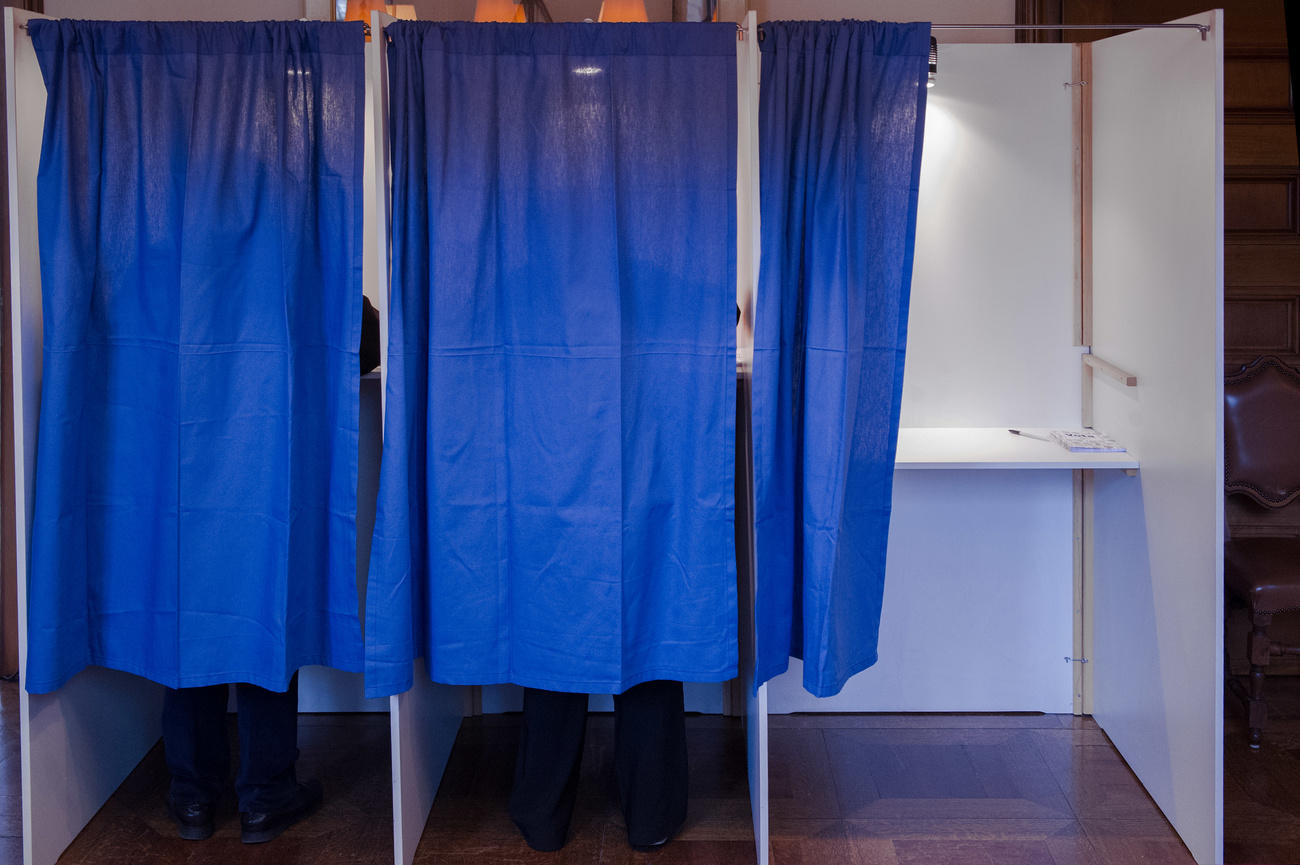
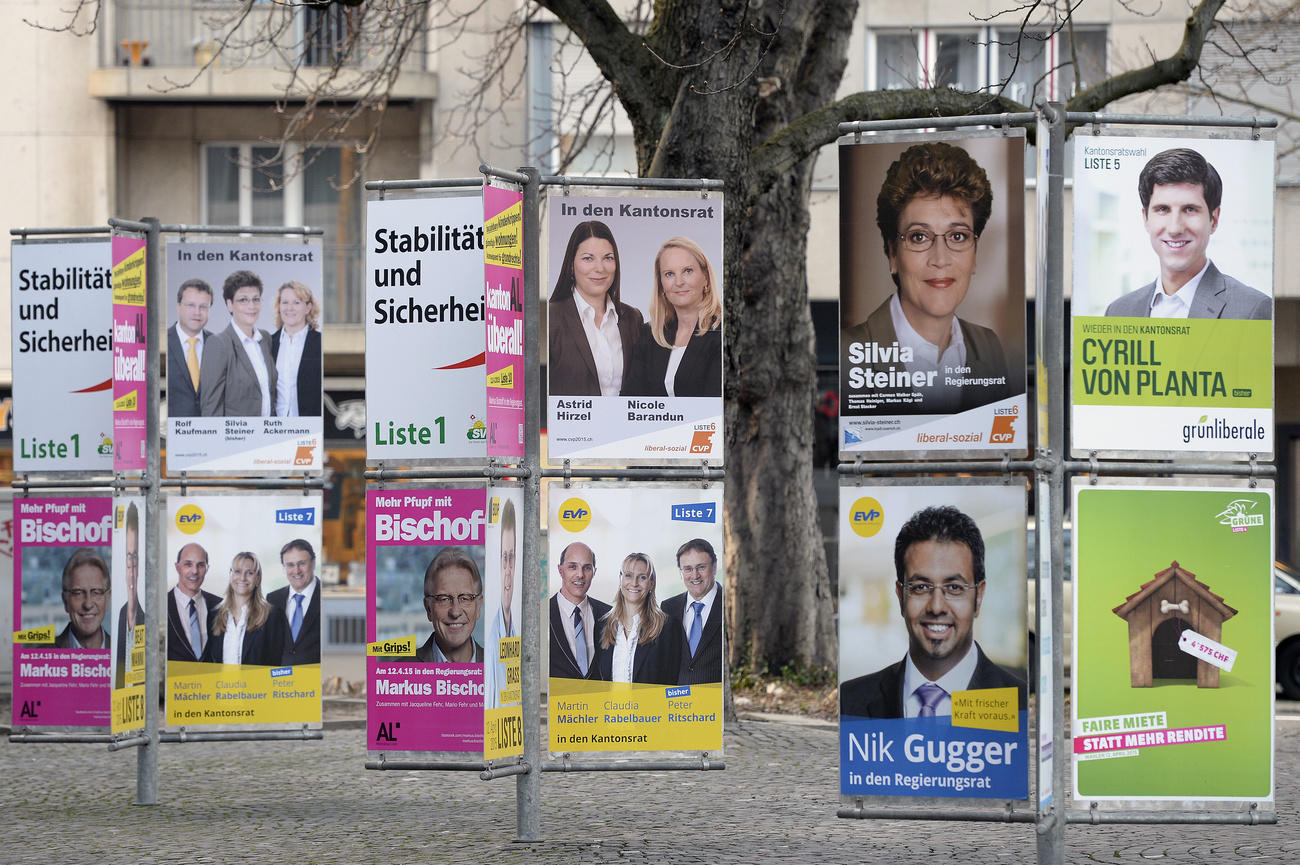
You can find an overview of ongoing debates with our journalists here. Please join us!
If you want to start a conversation about a topic raised in this article or want to report factual errors, email us at english@swissinfo.ch.